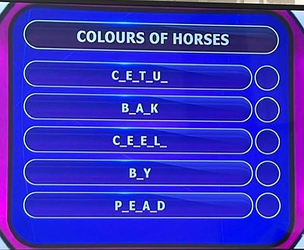Yes, it varies by population but there’s a lot of dun or creme dilution in North American feral horse populations. Modern Andalusians have been bred to favor grey but modern Lusitanos have a lot of creme (buckskin especially) so I think that’s definitely an Iberian trait. I also expect that dun and creme dilutions are a survival advantage in desert environments as the horses camouflage well. The first horses were dun the color of dry grass on the steppes!
Roan could be a muting camouflage too. Also pinto colors can provide “dazzle camouflage” where you can’t quite see the shape of the horse. My chestnut frame Overo can briefly disappear in plain sight in a hog fuel ring with patches of snow!
Grey comes with health risks through melanomas, and for some reason greys are often at the bottom of herd hierarchy and picked on, so they might not have a survival advantage in the wild. While there are several domestic breeds that have been selected for grey, I can’t think of a feral population that has significant numbers of greys. And in breeds that select narrowly for performance only, like TB, greys are occasional.

 )
)


 right now I have a chestnut Overo and help caretake a buttermilk dunskin, who had a perlino foal a few years back. When I did actual riding lessons for 5 years I was around normal bays chestnuts and grays, but otherwise the odd colors seem to find me.
right now I have a chestnut Overo and help caretake a buttermilk dunskin, who had a perlino foal a few years back. When I did actual riding lessons for 5 years I was around normal bays chestnuts and grays, but otherwise the odd colors seem to find me.
